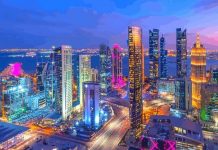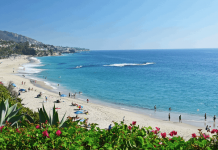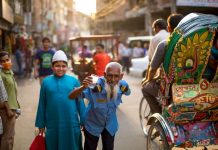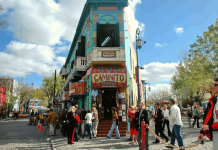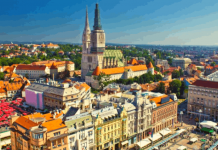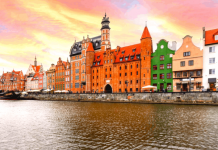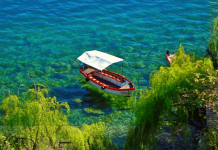Eid-ul Fitr (can also be Eid al-Fitr, or Eid), also known as the “Festival of Breaking the Fast,” is one of the two official Muslim celebrations (the other one being Eid-al Adha) widely celebrated by Muslims all over the world.
With over two billion members worldwide, Islam is the second-largest religion in the world. This holiday is celebrated by diverse cultures with rich and unique traditions from around the globe. This celebration marks the end of month-long fasting during Ramadan, a critical mandatory act, and is the fourth pillar of Islam’s Five Pillars.
During this celebration of Eid-ul Fitr, family and friends gather together and spend time with one another in this joyous celebration. The celebration and festivities last for about one to three days, depending on the country. Discover more about Eid al-Fitr celebrations around the world that will inspire.
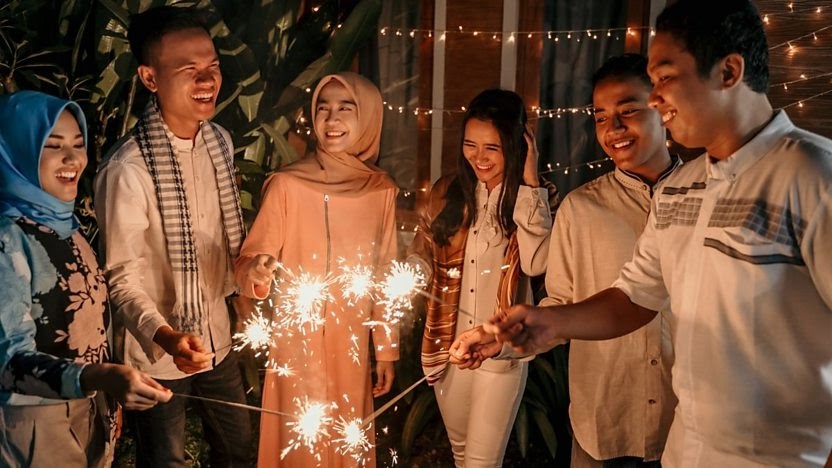
The History of Eid
It was Muhamad, the Islamic Prophet, who originated Eid ul-Fitr when he migrated to Mecca. It was told by Anas, a famous companion of the Prophet Muhammad, that upon their arrival in Medina, Muhammad discovered that people were celebrating two days to entertain themselves with recreational and merry activities.
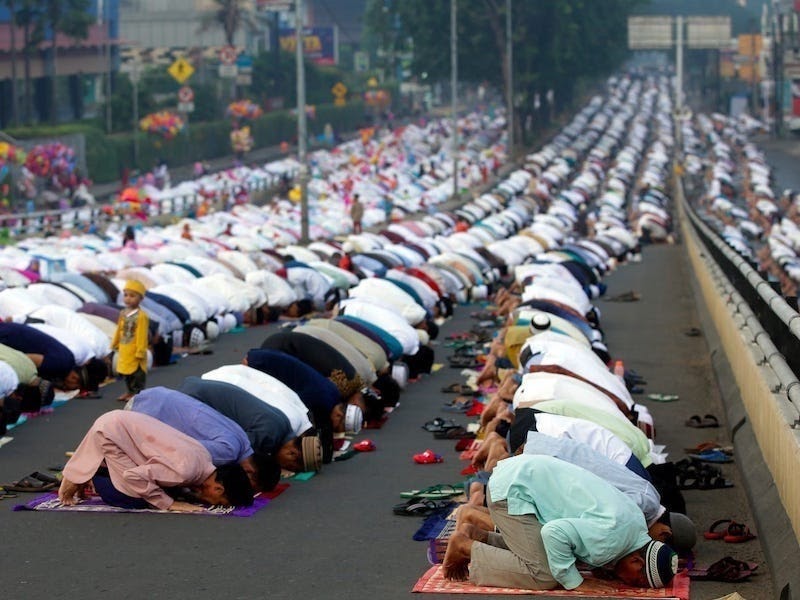
Because of this, it was said that Muhammad suggested that Allah (Almighty or God) had a better plan and day for their celebrations: those which are now known as Eid ul-Fitr and Eid al-Adha. It is also believed that Prophet Muhammad came across the first revelation of the Holy Quran during Ramadan.
This then marked an end to the fasting from morning until night during Ramzan and the start of the Shawwal month. Aside from this, Eid ul-Fitr is also done to pay respect to Allah for the people’s strength and commitment during the Ramadan season.
The sunset of the first sighting of the crescent moon marks the start of Eid al-Fitr. If the moon can’t be seen after the 29th day of the previous lunar month, the celebration is held the following day. Because the festival depends on the crescent moon’s sighting, dates usually vary across different parts of the world.
Rituals and Practices
Generally, Eid al-Fitr starts with “ghusi,” a morning cleansing that involves washing the body to get rid of spiritual impurities. After this, families dressed in their finest clothing of all shapes, colors, and styles, head to their mosques to perform the morning prayers. Fasting is forbidden on the Day of Eid.
Muslims are also encouraged to partake in the Zakat-ul-Fitr, where they donate money or excess food to those in need. First among the significant rituals for fast-breaking is to have a small meal after the morning prayer (called fajr). Then, this is followed by giving thanks to Allah (Almighty) for the completion of the fasting.
Before saying the Eid prayer, Muslims are obliged to donate to the poor and needy, known as Zakat-ul-Fitr. Unlike most Muslim prayers, the Eid prayer during Eid-ul Fitr is not given a call to prayer or introduction. The prayer is then followed by a sermon (khutbah) and a supplication (dua). The sermon of Eid takes place before the prayer, unlike other prayers, which usually are arranged otherwise.
Celebration in the Middle East
It’s time to look at how celebrations differ from each culture and how these values might also be the same across Muslim communities worldwide. In Saudi Arabia and Jordan, generosity, and hospitality seems to be the common theme for the celebration.
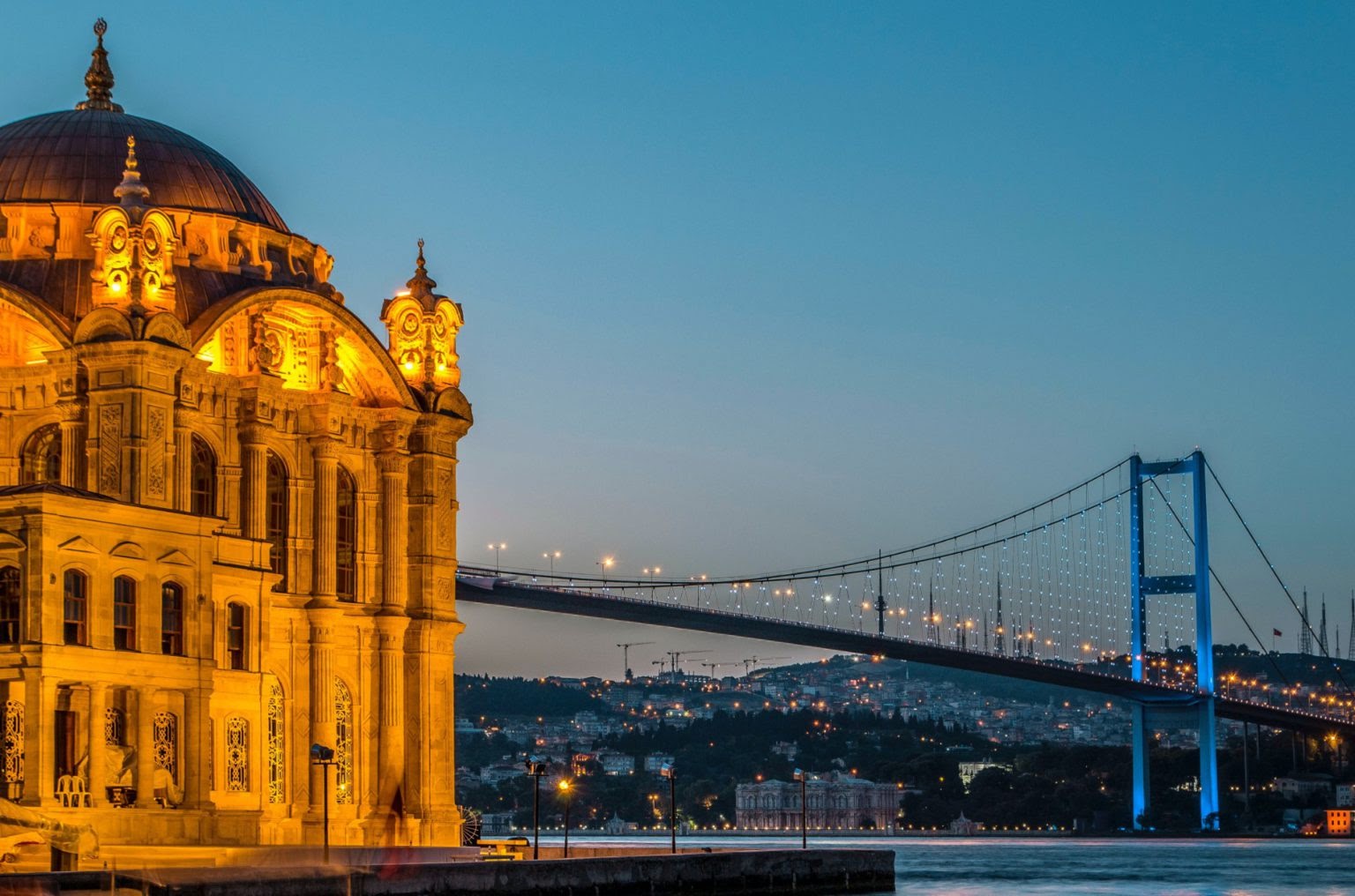
People decorate their houses and invite their relatives; young children receive gifts from the family; traditional Saudi recipes and cuisines are prepared. In addition, locals anonymously leave rice and other goods at the residences of those in need.
In Turkey, Eid is celebrated by traveling to beaches because of Turkey’s perfect sunny weather during that time of the year.
The celebration, referred to as Bayram, is characterized by people visiting cemeteries, gift-giving among friends and family. Of course, Eid in Turkey would not be complete without the classic Turkish delight, Baklava.
Celebration in Afghanistan and Iraq
In Afghanistan, celebrating Eid starts with the cleaning of people’s homes. Afghans celebrate Eid by buying new clothing, sweets, and treats, including elabi (Jalebi), Shor-Nakhod (made with chickpeas), and Cake wa Kolcha (a simple cake, similar to pound cake).
Campfires are usually set in homes, making the communities engulfed in flame and making for a stunning sight to behold. The celebration is similar to that of Iraq, where people hold festivals to show gratitude to Allah (Almighty).
“Eid Mubarak” is a common greeting during Eid which is “blessed festival” in Arabic, to which should be responded with “Khair Mubarak,” which is wishing blessings unto the person who greeted you.
Celebration in Africa
Families also visit their older family members at the mosque after performing their morning prayers. As a token to this gesture, elders give younger kids Eidi, which is money intended to be spent for the festivities.
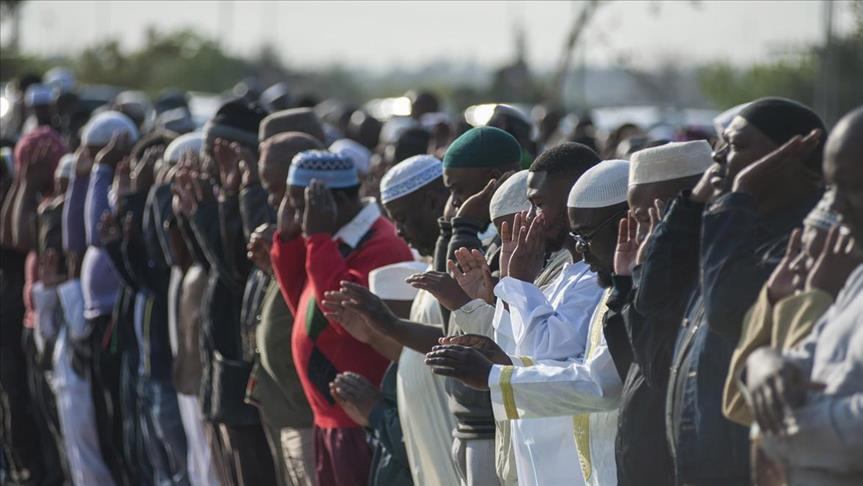
How It is Celebrated
One of the most well-known and popular locations families visit during Eid in Egypt is the Giza Zoo, where families spend time viewing animals, bonding together, and having fun during such an important occasion.
In Tunisia, special biscuits are given to friends and family. In Somalia, banquets are held with the serving of special dishes. In South Africa, people gather in the evening to look at the moon while sharing food at dawn.
Celebration in Asia
In Pakistan, giving money to charity or the needy is an important part of the celebration. In Bangladesh, Malaysia (also called Balik Kampung), and Indonesia (also called mudik), families reunite and return to their towns and villages.
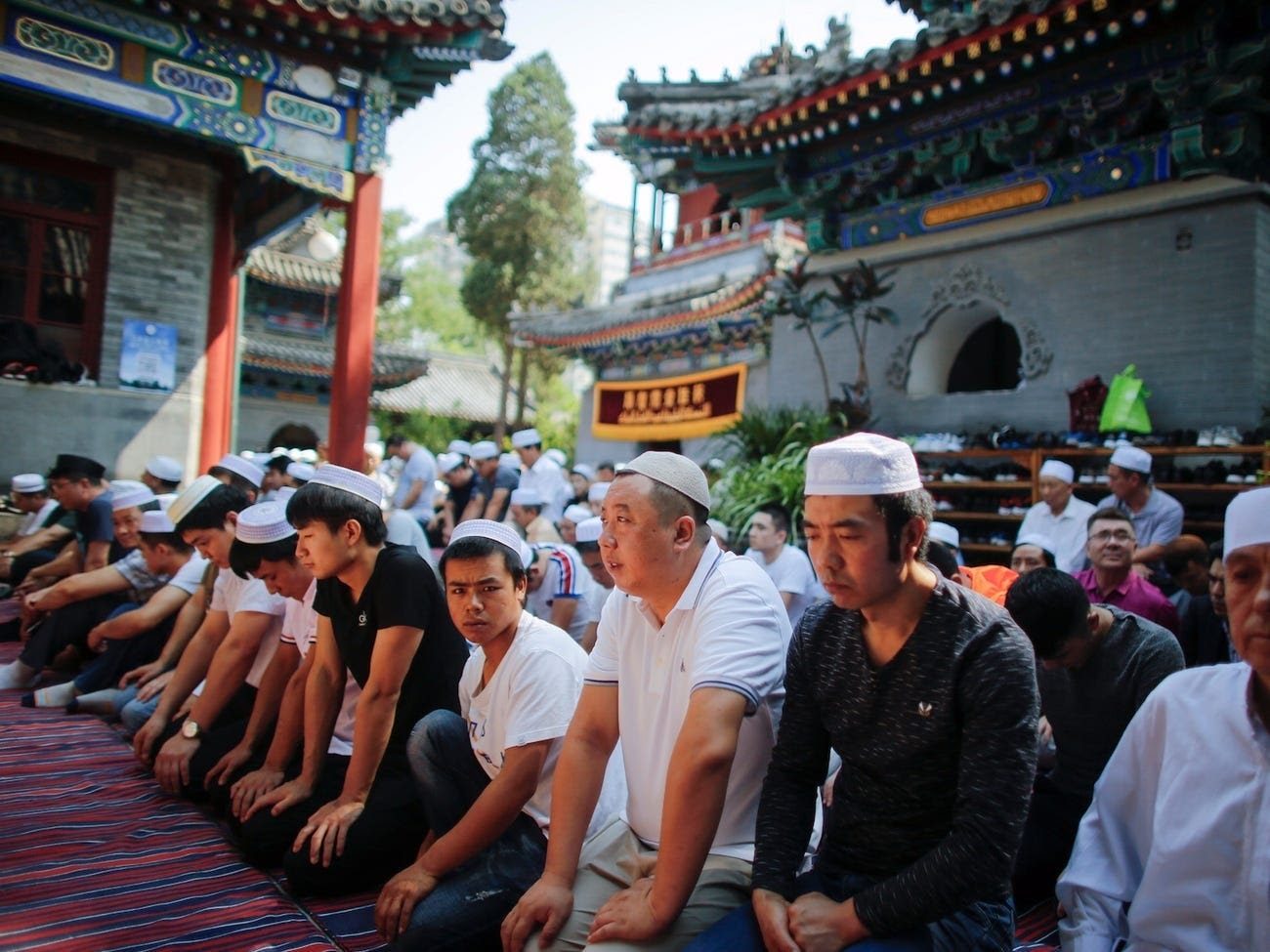
Indonesians and Malaysians ask forgiveness from their parents, in-laws, and other older relatives. Indonesians also visit and ritually clean their deceased loved ones’ graves to remember them and show respect.
In Malaysia, people decorate their homes with various ornaments and pelita (oil lamps).
The celebration is marked by open houses where everyone is welcome and enjoined to enter people’s homes and enjoy delicious food, regardless of their status and religion.
Celebration in Myanmar and Philippines
In Myanmar, Burmese youth organize the “Jago” (meaning wake up) and move around communities and villages to sing songs about Islam’s principles and fasting to the tunes of popular Hindi movie songs/soundtracks as an effort to spread awareness and joy creatively.
In the Philippines, Filipino Muslims practice hariraya, which is the practice of giving gifts. Aside from this, the act of sharing food and visiting the sick and elderly is also done.
Celebration in East Asia
Eid is celebrated by at least ten ethnic Muslim groups in China. This is celebrated as a national holiday in some China regions, ranging from one to three days.
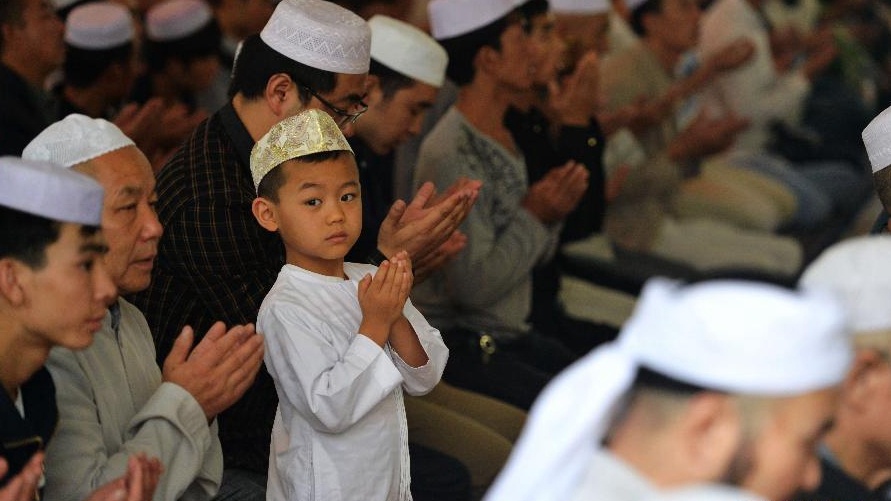
Devotees travel to the grave of Sayyid ‘Ajjal, the first provincial governor of Yunnan. There, they read passages from the Quran and cleaned his tomb.
The importance of Sayyid ‘Ajall as a central Muslim figure is narrated as a story, followed by the special prayer service in commemoration of the thousands of Muslims killed during the Panthay Rebellion and Cultural Revolution.
Celebration In Lhasa, China
In Lhasa, China, Muslim families do not decorate their homes during Eid, but they ensure that their homes are clean and tidy.
Women will prepare food in large quantities in preparation for the arrival of their visiting relatives, while men will dress appropriately for the Eid prayer at the mosque.
Celebration in Europe
In Europe, people also visit the cemetery to pray for the deceased. In Greece, families get together, kids would kiss the hands of the elderly with respect, and elders give kids treats in return.
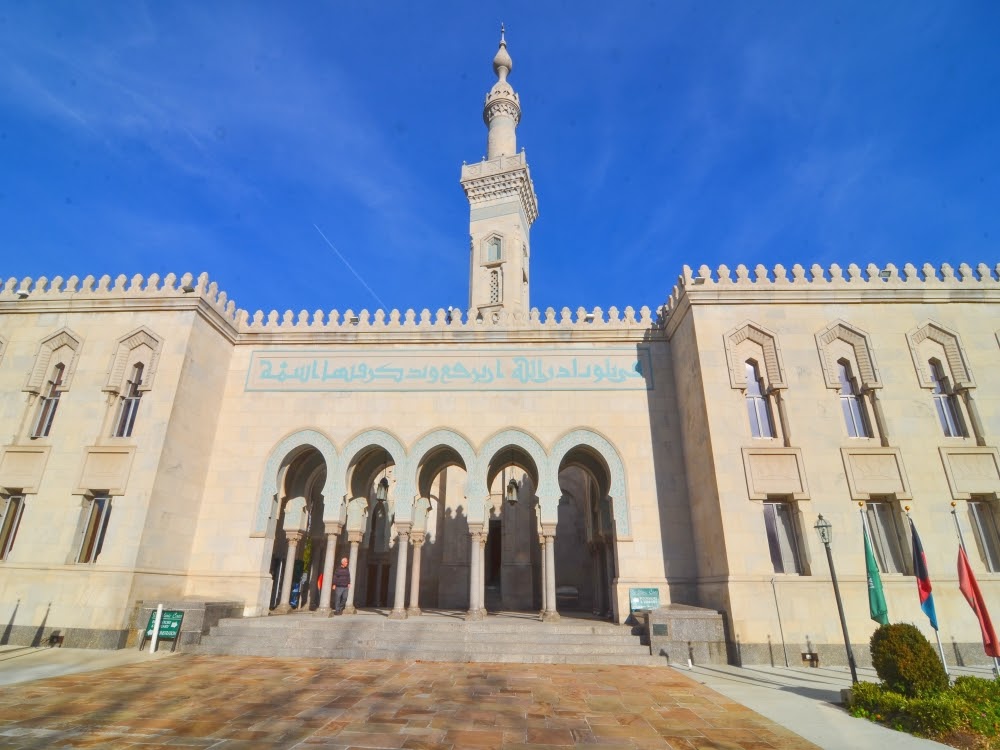
In Iceland, Eid is celebrated in the mosques in Reykjavik, the capital of Iceland. Guests bring various delights from international cuisines, such as food from Indonesian and Egyptian cuisines, to celebrate the occasion. Gift-giving is also an important tradition.
As said by Guenther Freisleben, head of European Union Border Assistance Mission, “This [Eid-ul Fitr] is the time of the year to appreciate the spiritual reflection, the compassion with those less fortunate or in need and the greater blessings received throughout the Holy Month of Ramadan.”
On Social Identity and Fabric
Although Muslims only make up 4.6% of Europe’s population, Eid is still celebrated in various parts of Europe and acknowledged to make up a crucial part of the Muslim social identity and social fabric.
This can be seen through the government’s overwhelming support and solidarity, non-Muslim citizens, and other public sectors.
Celebration in North America
Even though America does not recognize Eid as a national holiday, the community is brought together because of this occasion wherein Muslims break the fast by flocking to restaurants and helping themselves to delicious food from all around the world, participated in by many restaurants in the country.
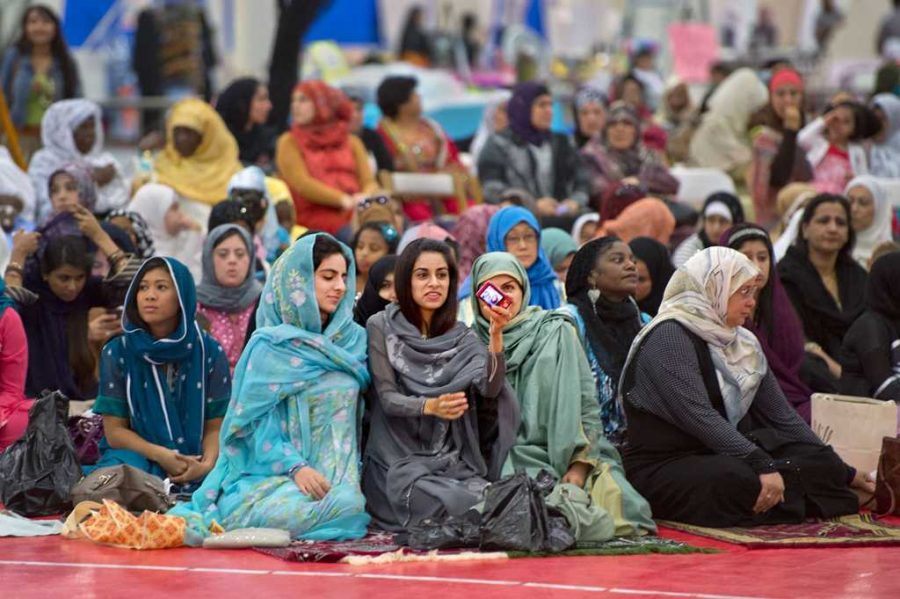
Cities with large Muslim populations hold an “Eid bazaar” filled with gifts, souvenirs, Islamic books, and various accessories. Communities in mosques and halls organize large feasts.
On Struggles and Challenges
This is also a time for the community to become aware of the struggles and challenges of their Muslim brother and sisters, to appreciate the contributions of American Muslims, and to respect their culture while admiring their strength and dedication for fasting for a special occasion while going on with their usual lives.
Conclusion
Eid-al Fitr’s celebration is a testament to different cultures’ harmony and beauty, which proudly embody a sense of community, togetherness, and pride. This joyous celebration of Muslim communities around the world show how belief and principles defy distance and differences.
It is truly an inspiration to see a celebration that brings people together and draws the universal values of respect, love, and kindness towards humanity, no matter the religion or race.

